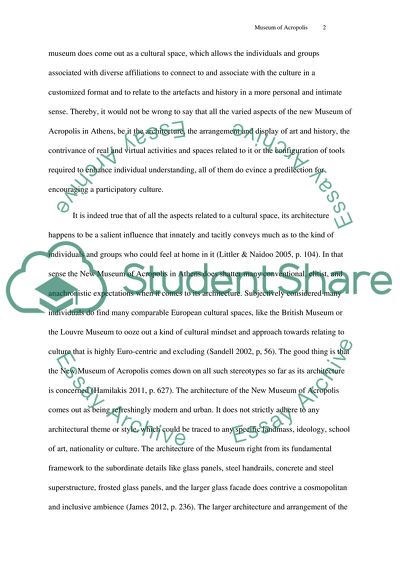Cite this document
(“Public culture: the politics of participation/How participatory or Essay”, n.d.)
Public culture: the politics of participation/How participatory or Essay. Retrieved from https://studentshare.org/miscellaneous/1672802-public-culture-the-politics-of-participationhow-participatory-or-inclusive-is-a-cultural-space
Public culture: the politics of participation/How participatory or Essay. Retrieved from https://studentshare.org/miscellaneous/1672802-public-culture-the-politics-of-participationhow-participatory-or-inclusive-is-a-cultural-space
(Public Culture: The Politics of participation/How Participatory or Essay)
Public Culture: The Politics of participation/How Participatory or Essay. https://studentshare.org/miscellaneous/1672802-public-culture-the-politics-of-participationhow-participatory-or-inclusive-is-a-cultural-space.
Public Culture: The Politics of participation/How Participatory or Essay. https://studentshare.org/miscellaneous/1672802-public-culture-the-politics-of-participationhow-participatory-or-inclusive-is-a-cultural-space.
“Public Culture: The Politics of participation/How Participatory or Essay”, n.d. https://studentshare.org/miscellaneous/1672802-public-culture-the-politics-of-participationhow-participatory-or-inclusive-is-a-cultural-space.


